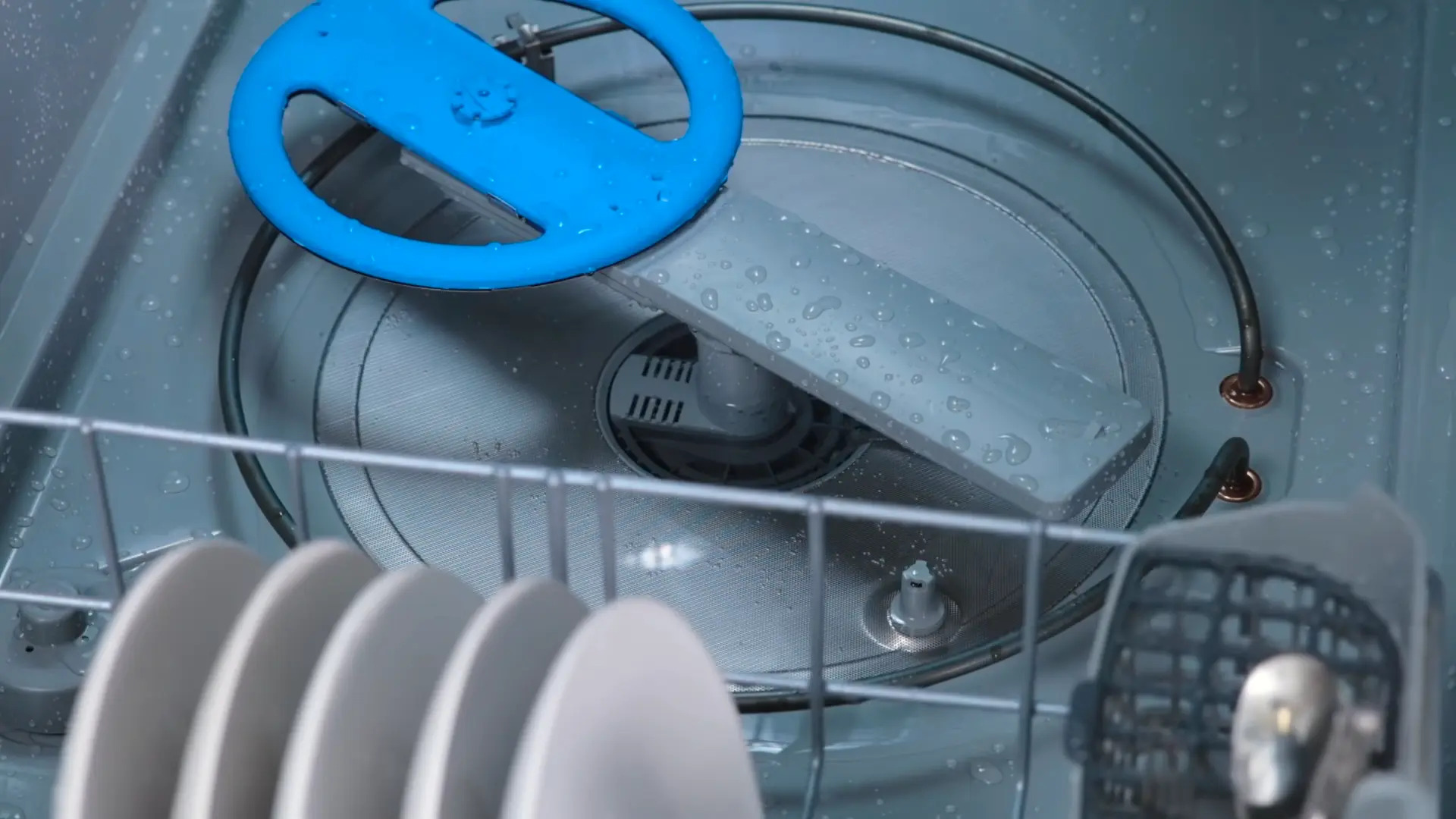

Articles
Why Would A Dishwasher Not Drain
Modified: March 2, 2024
Discover the reasons why your dishwasher might not be draining properly in this informative article. Find practical solutions and troubleshooting tips to fix the issue.
(Many of the links in this article redirect to a specific reviewed product. Your purchase of these products through affiliate links helps to generate commission for Storables.com, at no extra cost. Learn more)
Introduction
Having a dishwasher is a convenient and time-saving addition to any kitchen. However, encountering issues with the dishwasher can be frustrating, especially when it fails to drain properly. A dishwasher not draining is a common problem that can disrupt your daily routine and leave you with a sink full of dirty water and dishes.
Understanding the potential causes of a dishwasher not draining is important in order to troubleshoot and resolve the issue effectively. In this article, we will explore some of the most common reasons why a dishwasher might fail to drain and provide insights on how to address these issues.
By identifying the underlying causes and implementing appropriate solutions, you can ensure that your dishwasher operates smoothly and efficiently, allowing you to enjoy the convenience it brings to your kitchen.
Key Takeaways:
- Regularly inspect and clean the dishwasher’s drain hose to prevent blockages and ensure proper drainage, avoiding the frustration of standing water and dirty dishes.
- Avoid overloading the dishwasher and follow loading guidelines to promote efficient water circulation and drainage, contributing to clean and sparkling dishes.
Read more: Why Dishwasher Wont Drain
Blocked Drain Hose
One of the most common reasons for a dishwasher not draining is a blocked drain hose. The drain hose is responsible for carrying the wastewater from the dishwasher to the plumbing system. Over time, food particles, grease, and debris can accumulate and clog the drain hose, obstructing the flow of water.
To check if the drain hose is blocked, you can begin by disconnecting the dishwasher from the power source and removing the lower access panel. Locate the drain hose, usually found at the back of the dishwasher, and inspect it for any visible blockages. Use a flashlight if needed to get a better view.
If you notice any obstruction, gently remove it using a wire hanger or a pipe cleaner. Be careful not to damage the hose while doing so. Once you have cleared the blockage, reattach the drain hose and the lower access panel.
In some cases, the blockage may be more severe and require additional steps to clear. You can try using a plumber’s snake or a high-pressure water jet to dislodge stubborn clogs. If you are unsure about performing these tasks yourself, it is always advisable to seek the assistance of a professional plumber to ensure the proper cleaning and maintenance of your dishwasher’s drain hose.
Regularly inspecting and cleaning the drain hose can help prevent future blockages and maintain proper drainage functionality. Checking the manufacturer’s guidelines on how frequently the drain hose should be cleaned can provide useful insights.
By addressing a blocked drain hose, you can restore proper drainage to your dishwasher and prevent further issues that may arise due to stagnant water accumulation.
Clogged Pump
If your dishwasher is not draining, another possible culprit is a clogged pump. The pump in a dishwasher is responsible for pumping out the water during the drain cycle. Over time, debris, food particles, and other objects can accumulate in the pump, obstructing its functioning and preventing proper drainage.
To check if the pump is clogged, start by disconnecting the dishwasher from the power source. Locate and remove the lower access panel to gain access to the pump. Depending on the model of your dishwasher, the pump may be located at the bottom or back of the appliance. Once you have located the pump, visually inspect it for any visible blockages.
If you notice any debris or foreign objects lodged in the pump, use a pair of tweezers or needle-nose pliers to carefully remove them. Be cautious not to damage any internal components while doing so.
In some cases, the clog in the pump may be more stubborn and require thorough cleaning. You can try using a toothbrush or a small brush to gently scrub the pump and dislodge any buildup. If the pump is removable, you might consider taking it out and cleaning it more effectively. However, if you are unfamiliar with dishwasher maintenance or the pump seems complicated to remove, it is best to consult a professional to avoid causing further damage.
Regular maintenance, such as cleaning the filters and removing debris from the pump, can help prevent clogs and ensure the proper drainage of your dishwasher. Additionally, being mindful of what goes into the dishwasher, such as removing large food scraps before loading, can help minimize the risk of clogged pumps.
By addressing a clogged pump, you can restore the proper functioning of your dishwasher’s drainage system and ensure that the dishes come out clean and free from standing water.
Faulty Drain Solenoid
A faulty drain solenoid is another possible reason for a dishwasher not draining properly. The drain solenoid is an important component that controls the opening and closing of the drain valve. If the drain solenoid is malfunctioning, it may fail to open the drain valve, resulting in water being unable to flow out of the dishwasher.
To determine if the drain solenoid is faulty, you will need to access the dishwasher’s control panel. Start by disconnecting the dishwasher from the power source and removing any necessary panels to gain access to the control panel.
Locate the drain solenoid, which is typically found near the drain pump, and inspect it for any visible signs of damage or wear. You can also perform a test by connecting a multimeter to the solenoid’s terminals to check for continuity. If the multimeter shows no continuity when the solenoid should be activated, it is likely that the drain solenoid is faulty and needs to be replaced.
Replacing a faulty drain solenoid may require some technical knowledge and skill. It is recommended to consult the dishwasher’s manual or seek professional assistance to ensure proper installation.
Regular maintenance, such as keeping the control panel clean and free from debris, can help prevent issues with the drain solenoid. Additionally, avoiding overloading the dishwasher and using proper detergent amounts can minimize strain on the solenoid and extend its lifespan.
By addressing a faulty drain solenoid, you can effectively resolve the drainage issue in your dishwasher and allow water to flow out freely during the drain cycle.
Malfunctioning Drain Pump Motor
A malfunctioning drain pump motor can also be the cause of a dishwasher not draining properly. The drain pump motor is responsible for pumping out the water from the dishwasher during the drain cycle. If the motor fails to function correctly, it can impede the drainage process and result in standing water in the dishwasher.
To determine if the drain pump motor is the issue, begin by disconnecting the dishwasher from the power source. Access the drain pump motor, which is typically located at the bottom of the dishwasher, by removing the lower access panel.
Visually inspect the drain pump motor for any signs of damage or wear, such as rust, corrosion, or broken parts. Pay attention to any unusual noises coming from the motor, as this could indicate a malfunction. Also, check if the motor spins freely when manually turned.
If you suspect that the drain pump motor is malfunctioning, it is advisable to use a multimeter to test its continuity. This test will help determine if the motor is receiving the necessary electrical current to function properly. If the multimeter shows no continuity or irregular readings, it is likely that the drain pump motor is faulty and needs to be replaced.
Replacing a drain pump motor can be a more complex task that might require some technical expertise. It is recommended to consult the dishwasher’s manual or seek the assistance of a professional technician to ensure proper installation.
Regular maintenance, such as cleaning the dishwasher’s filters and removing debris from the pump, can help prevent issues with the drain pump motor. Additionally, avoiding excessive use of detergent and ensuring the dishwasher is not overloaded can help prolong the life of the motor.
By addressing a malfunctioning drain pump motor, you can restore the proper drainage function of your dishwasher and prevent standing water from accumulating in the appliance.
Read more: Why Is My Whirlpool Dishwasher Not Draining
Defective Drain Impeller
A defective drain impeller can contribute to a dishwasher not draining properly. The drain impeller is a small, rotating device that acts as a pump to help expel water from the dishwasher during the drain cycle. If the impeller is damaged or not working correctly, it can impede the flow of water and result in poor drainage.
To determine if the drain impeller is defective, begin by disconnecting the dishwasher from the power source. Access the impeller by removing the lower access panel of the dishwasher.
Inspect the drain impeller for any signs of damage, such as cracks, chipped blades, or obstructions. A visual inspection can help identify any visible issues with the impeller. Additionally, try manually rotating the impeller to ensure that it moves freely and without any resistance.
If you suspect that the drain impeller is defective, it will likely need to be replaced. Contact the manufacturer or consult the dishwasher’s manual for information on obtaining a compatible replacement impeller.
Replacing the drain impeller may require disassembling parts of the dishwasher, which can be a complex task. It is recommended to consult the dishwasher’s manual or seek the help of a professional technician to ensure proper installation and avoid causing further damage to the appliance.
Regular maintenance, such as cleaning the dishwasher’s filters and removing debris from the impeller area, can help prevent issues with the drain impeller. It is also important to avoid putting large food scraps or objects into the dishwasher, as they can damage the impeller or cause blockages.
By addressing a defective drain impeller, you can restore proper water flow and drainage in your dishwasher, ensuring that it functions efficiently and effectively.
Check the dishwasher filter and drain hose for clogs. Clean the filter and remove any debris from the drain hose to ensure proper drainage.
Clogged Air Gap
A clogged air gap can be another reason why your dishwasher is not draining properly. An air gap is a small device that is typically located on the countertop near the sink. It helps prevent backflow of wastewater from the sink into the dishwasher.
To determine if the air gap is clogged, start by inspecting it visually. Remove the cover of the air gap and check for any visible blockages, such as debris or food particles. Use a small brush or toothpick to gently remove any obstructions. Rinse the air gap with water to ensure it is clear and free of debris.
In some cases, the clog may be more severe and require additional steps to clear. You can try using a mixture of vinegar and baking soda to dissolve stubborn build-up. Simply pour a cup of vinegar followed by a tablespoon of baking soda into the air gap and let it sit for a few minutes. Then, rinse it with hot water to flush out any remaining residue.
If clearing the clog does not resolve the drainage issue, it is possible that the air gap itself is faulty and needs to be replaced. Contact a professional plumber or check the manufacturer’s guidelines on how to replace a defective air gap.
Regular maintenance, such as cleaning the air gap and ensuring it is free of debris, can help prevent clogs and ensure proper drainage in your dishwasher.
By addressing a clogged air gap, you can restore proper drainage and prevent any potential backflow of wastewater into your dishwasher.
Faulty Check Valve
A faulty check valve can also contribute to a dishwasher not draining properly. The check valve is a small device that prevents water from flowing back into the dishwasher after it has been drained. If the check valve is not functioning correctly, water may remain in the dishwasher and hinder proper drainage.
To determine if the check valve is faulty, start by disconnecting the dishwasher from the power source. Locate the check valve, which is typically found in the drain hose or at the connection point between the dishwasher and the plumbing system.
Inspect the check valve for any signs of damage or wear, such as cracks or blockages. Use a flashlight to get a clear view of the valve. If you notice any visible issues, the check valve may need to be replaced.
In some cases, the issue with the check valve may be due to a blockage. You can try removing the check valve and cleaning it thoroughly with warm, soapy water. Use a brush or toothpick to dislodge any debris that may be causing the obstruction. Rinse the valve with water to ensure it is clear and free of any residue.
If cleaning the check valve does not resolve the problem, it is likely that the valve is defective and requires replacement. Contact the dishwasher manufacturer or consult the appliance’s manual for information on obtaining a compatible check valve.
Replacing a check valve may require some technical expertise. If you are unsure about the installation process, it is best to seek the assistance of a professional technician to ensure proper functioning.
Regular maintenance, such as cleaning the dishwasher filters and removing debris from the check valve area, can help prevent issues with the valve. Additionally, avoiding overloading the dishwasher and using the recommended amount of detergent can help maintain the proper functioning of the check valve.
By addressing a faulty check valve, you can restore proper drainage in your dishwasher and prevent water from flowing back into the appliance after it has been drained.
Dishwasher Filter Issues
A common cause of a dishwasher not draining properly is filter issues. The dishwasher filter is responsible for trapping food particles, debris, and other residues to prevent them from recirculating onto the dishes. Over time, these filters can become clogged and hinder the proper flow of water, leading to drainage problems.
To address dishwasher filter issues, start by referring to the manufacturer’s manual to locate the filters in your specific dishwasher model. Most dishwashers have multiple filters, including a main filter and a fine filter.
Remove the filters according to the instructions provided in the manual. Inspect them visually for any visible blockages, such as food particles or debris. You can use a soft brush or toothbrush to gently scrub away the buildup. Rinse the filters under running water to remove any remaining residue.
In some cases, the filters may be excessively dirty or damaged and need replacement. Check the manufacturer’s guidelines or consult a professional to obtain compatible replacement filters. Follow the instructions provided for installing the new filters properly.
In addition to regular cleaning and replacement of the filters, it is essential to rinse off large food particles from dishes before placing them in the dishwasher. This practice can help prevent excessive debris from accumulating in the filters.
Regular maintenance and cleaning of the dishwasher filters can significantly improve drainage and ensure optimal performance of your dishwasher.
By addressing dishwasher filter issues, you can restore proper drainage and ensure that your dishes come out clean and free from any residue.
Read more: Where Is The Dishwasher Drain
Overloading the Dishwasher
One factor that often goes overlooked when a dishwasher fails to drain properly is overloading. Overloading the dishwasher with too many dishes can prevent proper water circulation and hinder the drain cycle, resulting in standing water.
When you overload the dishwasher, you restrict the movement of water and impede its ability to effectively clean and drain. The dishes may block the spray arms or prevent them from rotating freely, causing water to pool in certain areas and leading to drainage issues.
To avoid overloading the dishwasher:
- Follow the recommended loading instructions provided by the dishwasher manufacturer. Consult the appliance manual for specific guidelines.
- Ensure that dishes are placed properly in the racks, allowing sufficient space for water to flow around them.
- Avoid stacking large or bulky items, such as pots, pans, or cutting boards, in a way that obstructs the spray arms.
- Load the dishwasher in a balanced manner to distribute the weight evenly.
By adhering to these guidelines and avoiding overloading, you can allow for proper water circulation and drainage during the wash and drain cycles.
It’s also important to note that using an appropriate amount of dishwasher detergent is essential. Overusing detergent can lead to excessive suds and further hinder the draining process. Follow the recommended detergent dosage provided by the dishwasher manufacturer or on the detergent packaging.
By avoiding overloading the dishwasher and using the correct amount of detergent, you can help ensure smooth and efficient drainage, allowing your dishes to come out clean and ready for use.
Conclusion
A dishwasher not draining properly can cause frustration and disrupt your daily routine. However, by understanding the potential causes and implementing the appropriate solutions, you can resolve this issue and restore the functionality of your dishwasher.
In this article, we explored common reasons why a dishwasher may fail to drain, including blocked drain hoses, clogged pumps, faulty drain solenoids, malfunctioning drain pump motors, defective drain impellers, clogged air gaps, faulty check valves, dishwasher filter issues, and overloading.
We discussed various troubleshooting methods for each issue, such as inspecting and clearing blockages, cleaning or replacing components, and practicing regular maintenance. It’s important to consult the dishwasher’s manual or seek professional assistance when in doubt, especially if the task requires technical expertise.
Regular maintenance and mindful usage habits, such as rinsing off large food particles and following loading guidelines, can significantly contribute to the proper functioning of your dishwasher and avoid drainage problems in the long run.
Remember, each dishwasher model may have its unique characteristics and maintenance requirements. Always refer to the manufacturer’s guidelines for specific instructions on troubleshooting and maintenance.
By addressing the causes of a dishwasher not draining and implementing preventive measures, you can ensure that your dishwasher operates smoothly, allowing you to enjoy the convenience and efficiency it brings to your kitchen.
Now armed with knowledge on resolving drainage issues, you can confidently troubleshoot and overcome any challenges that may arise with your dishwasher, ensuring sparkling clean dishes every time.
Frequently Asked Questions about Why Would A Dishwasher Not Drain
Was this page helpful?
At Storables.com, we guarantee accurate and reliable information. Our content, validated by Expert Board Contributors, is crafted following stringent Editorial Policies. We're committed to providing you with well-researched, expert-backed insights for all your informational needs.
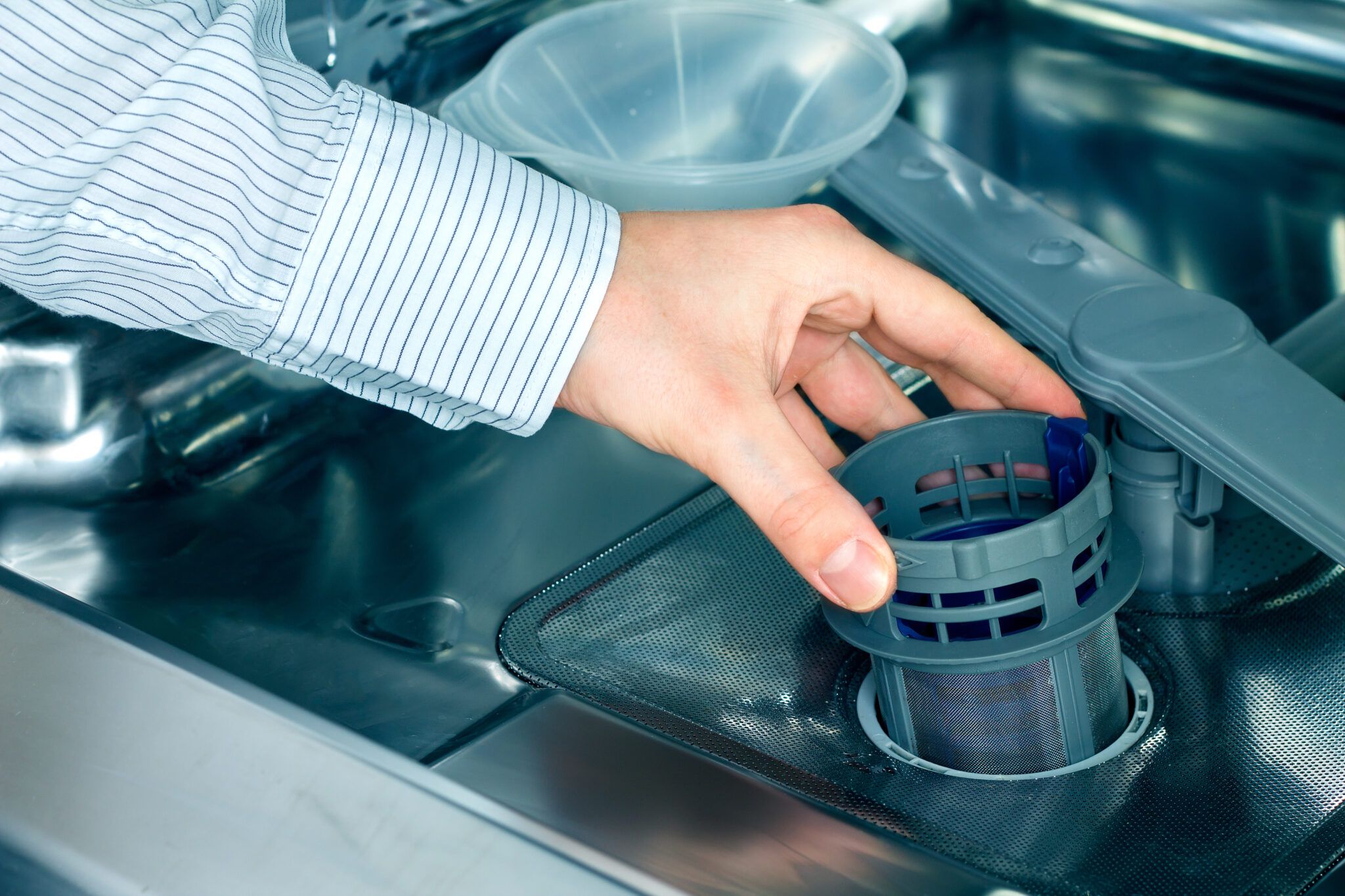
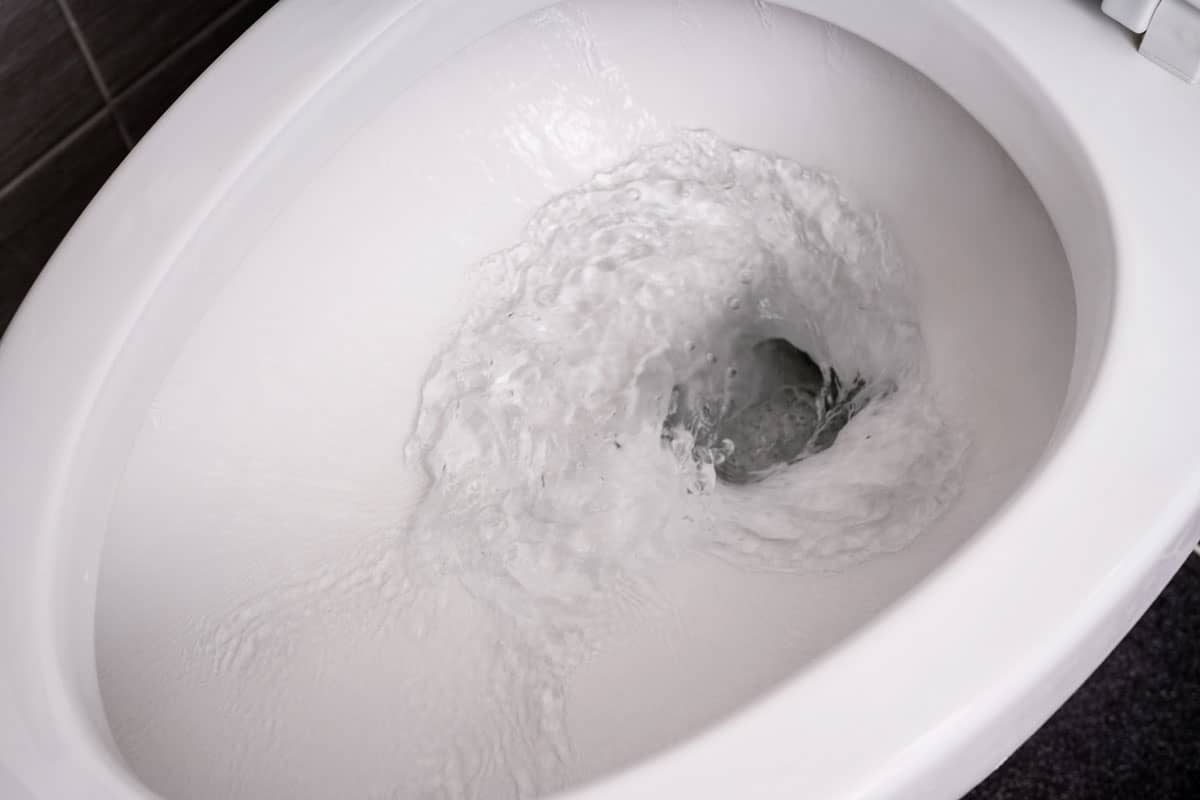
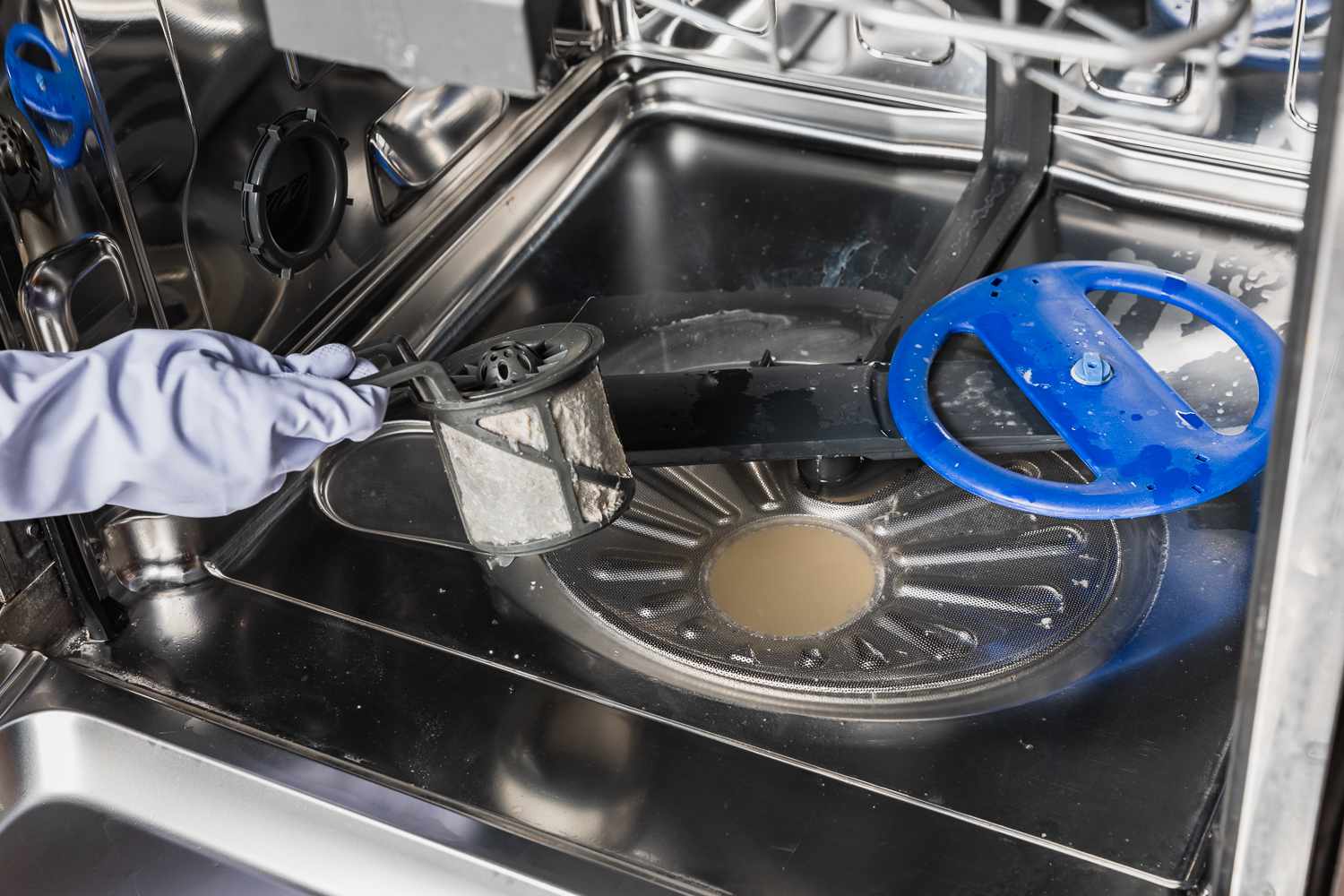
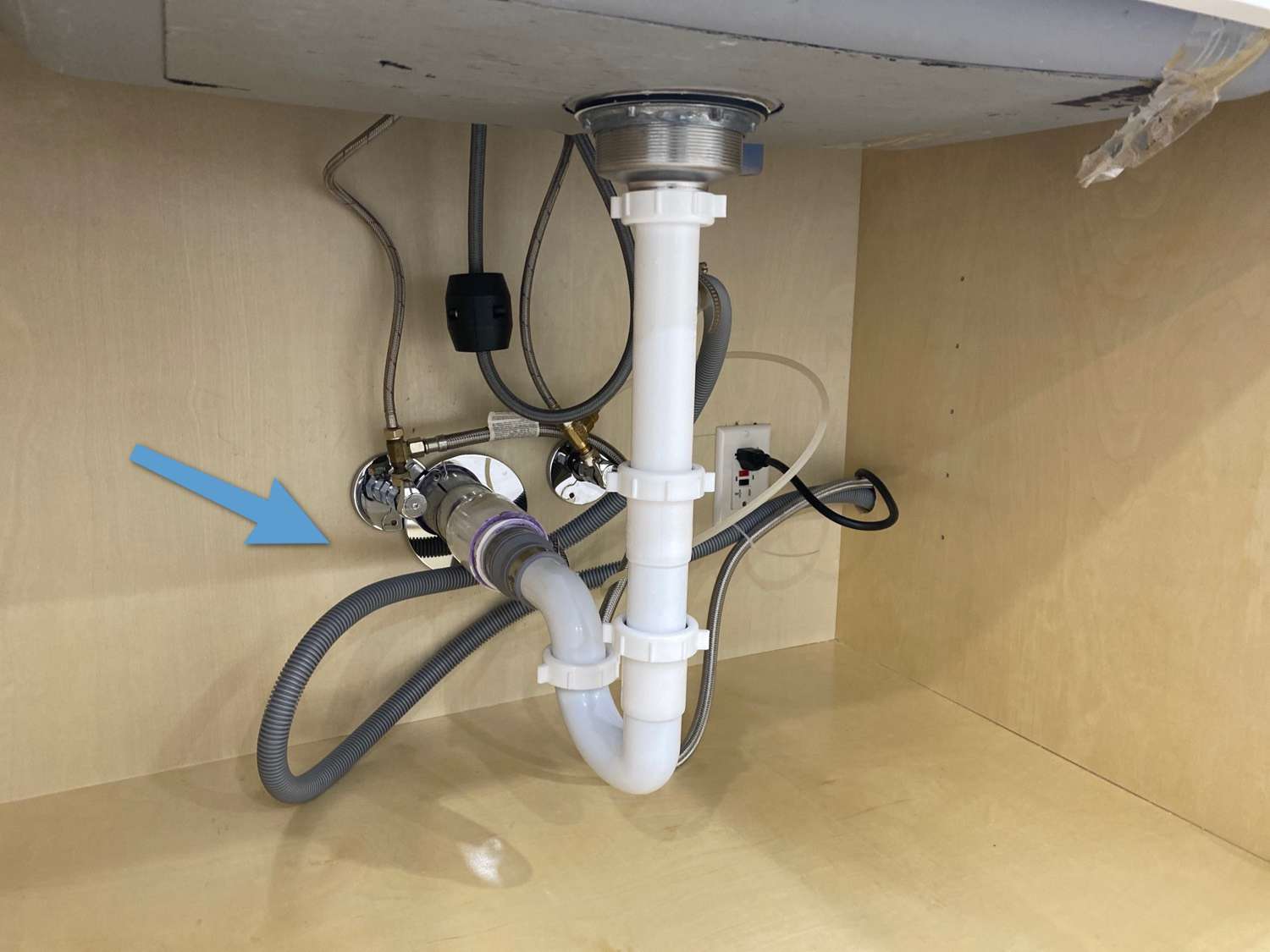
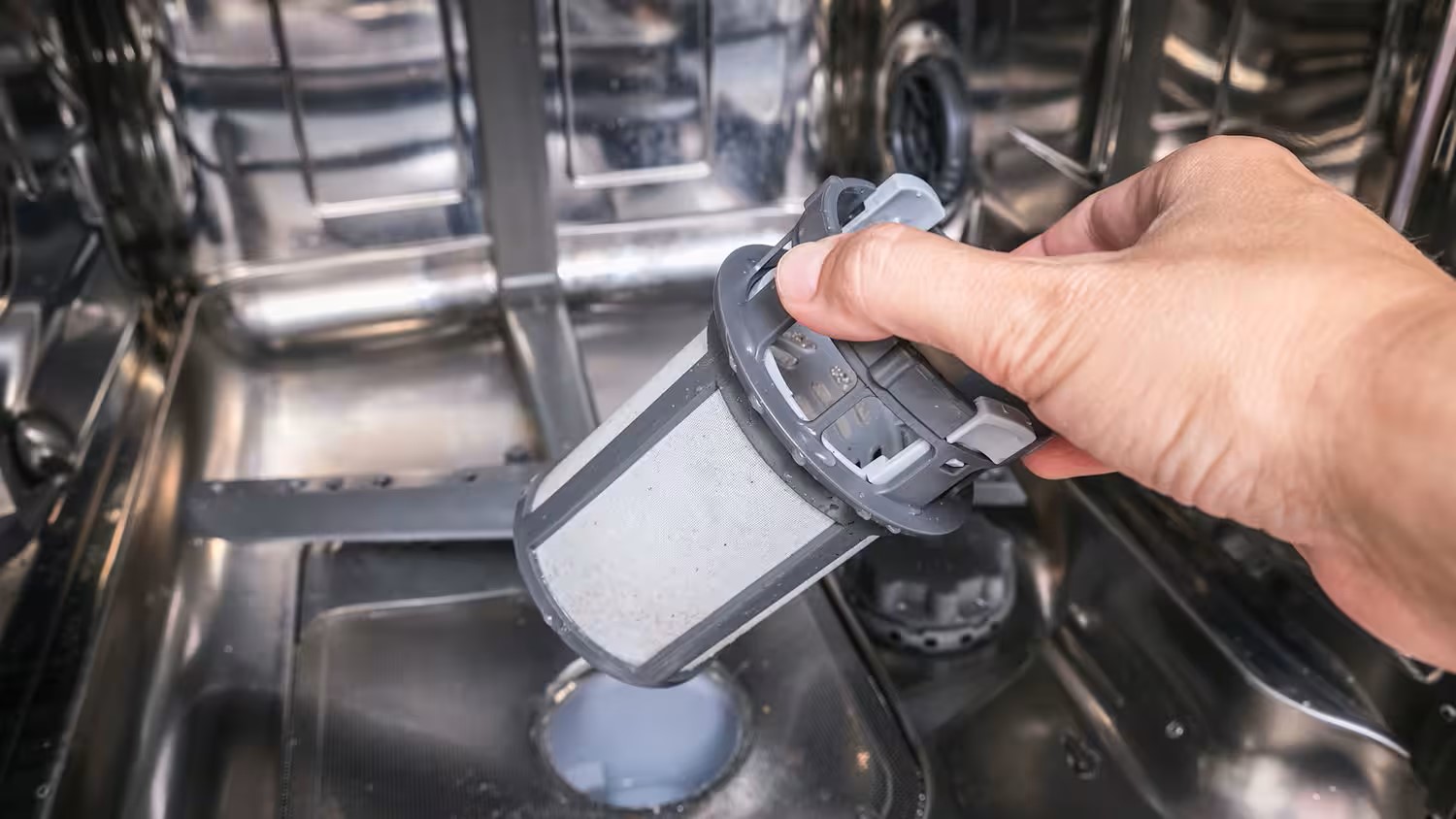
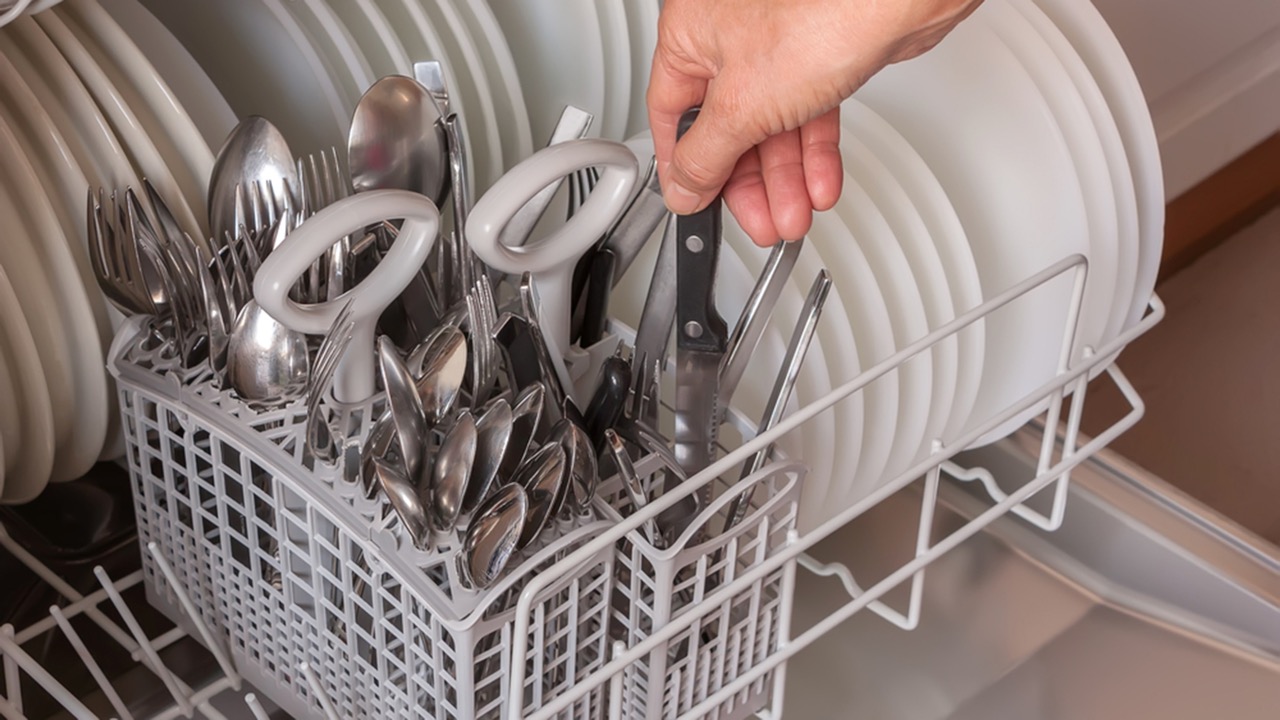
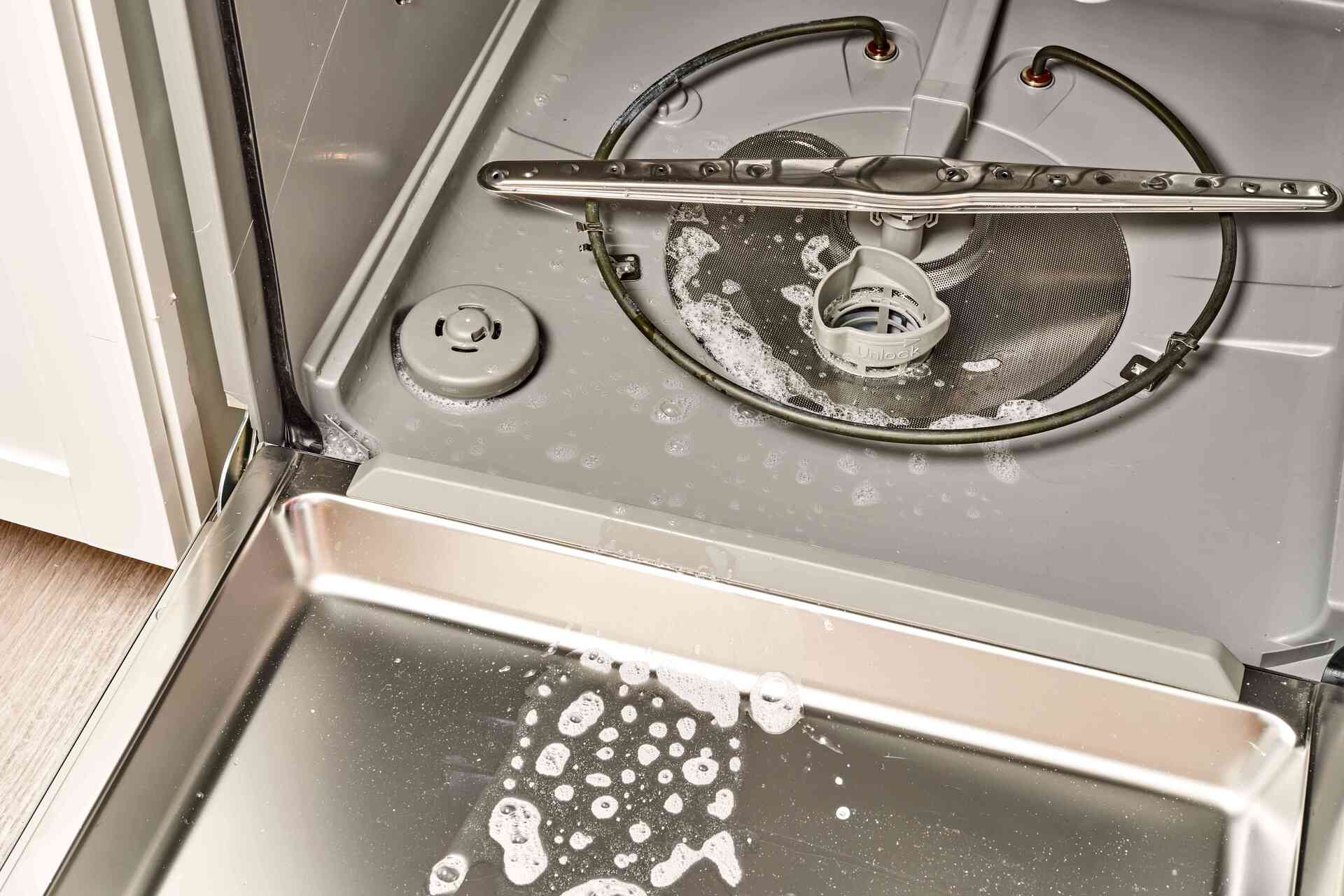
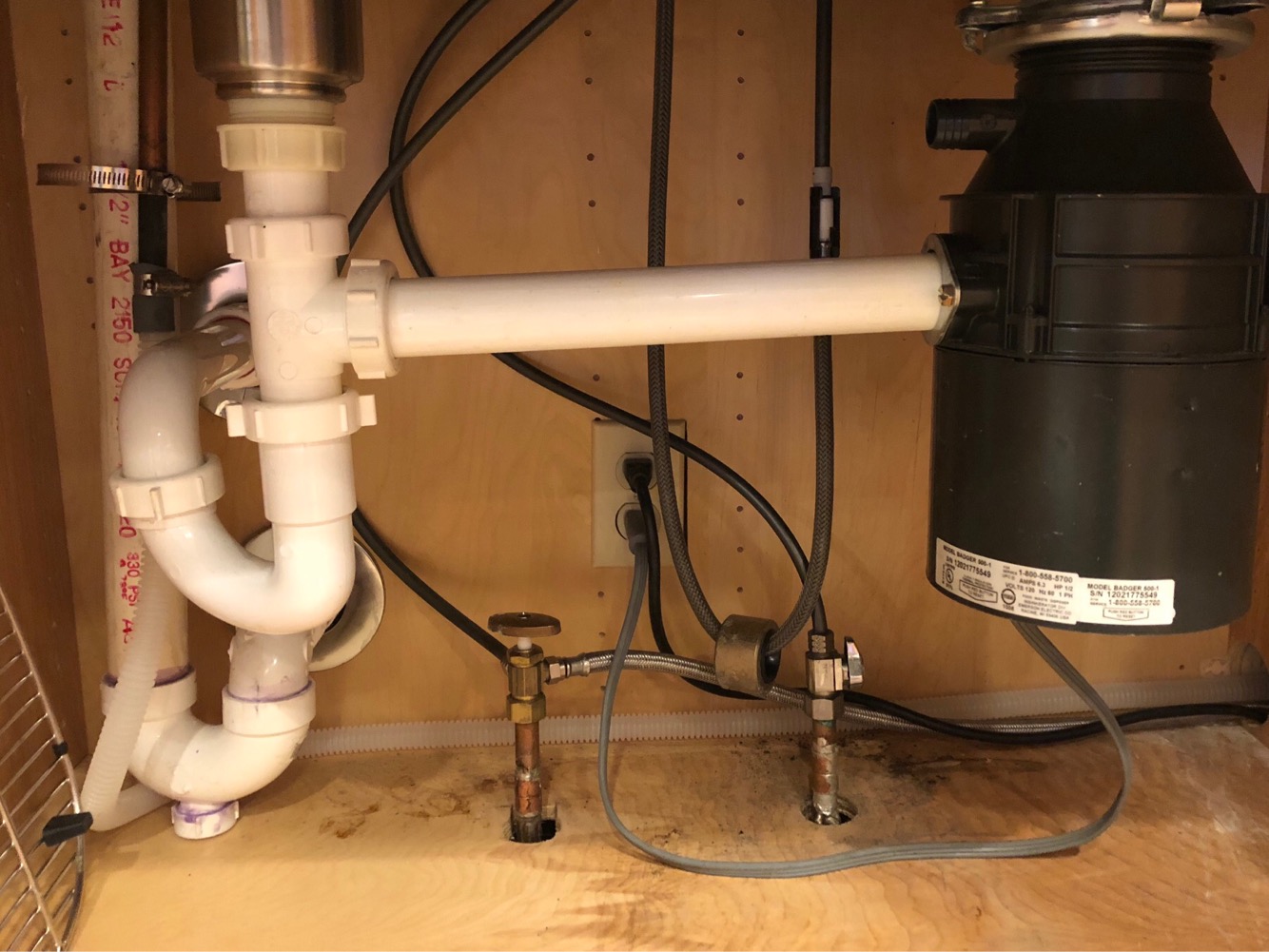
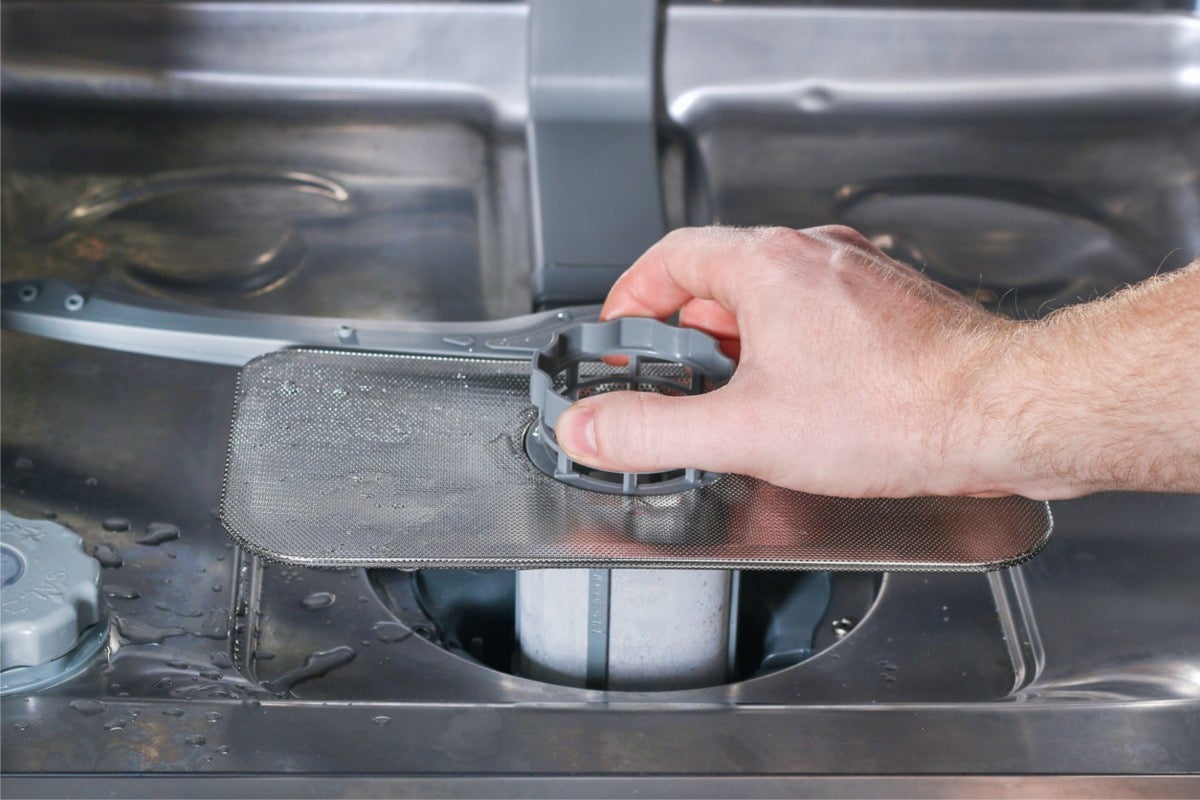
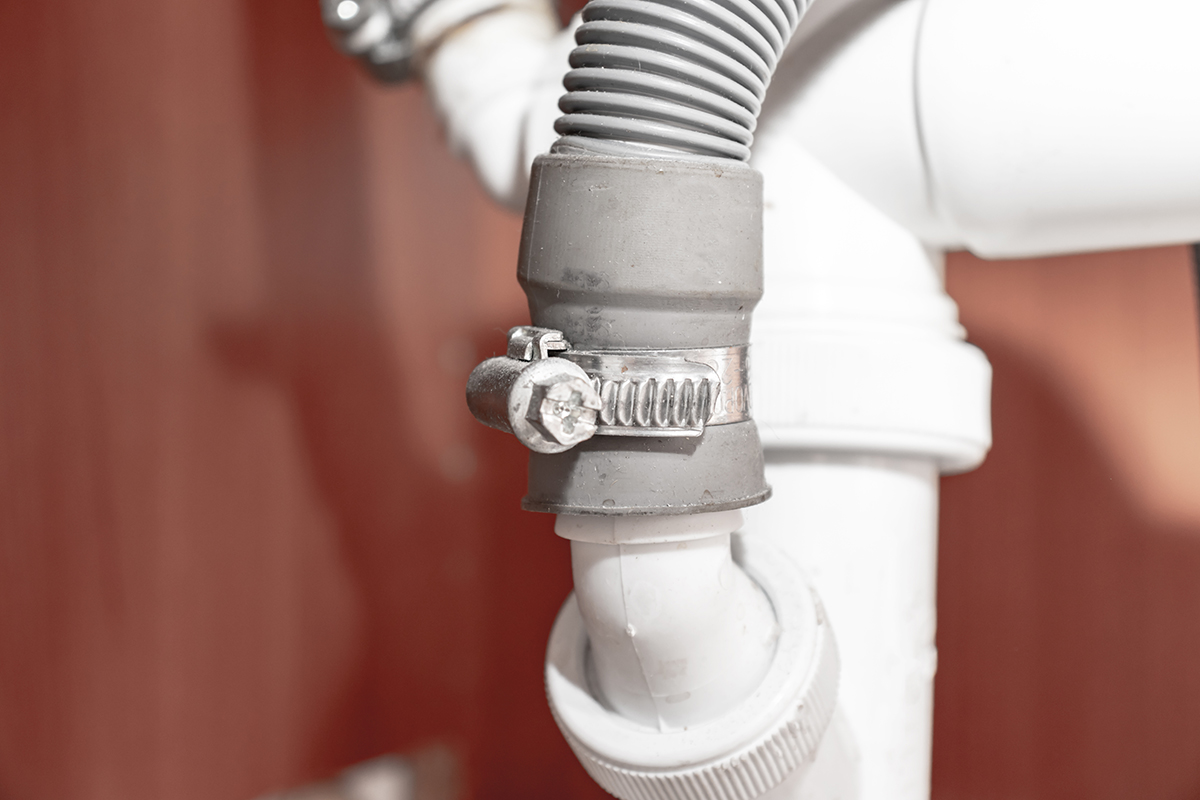
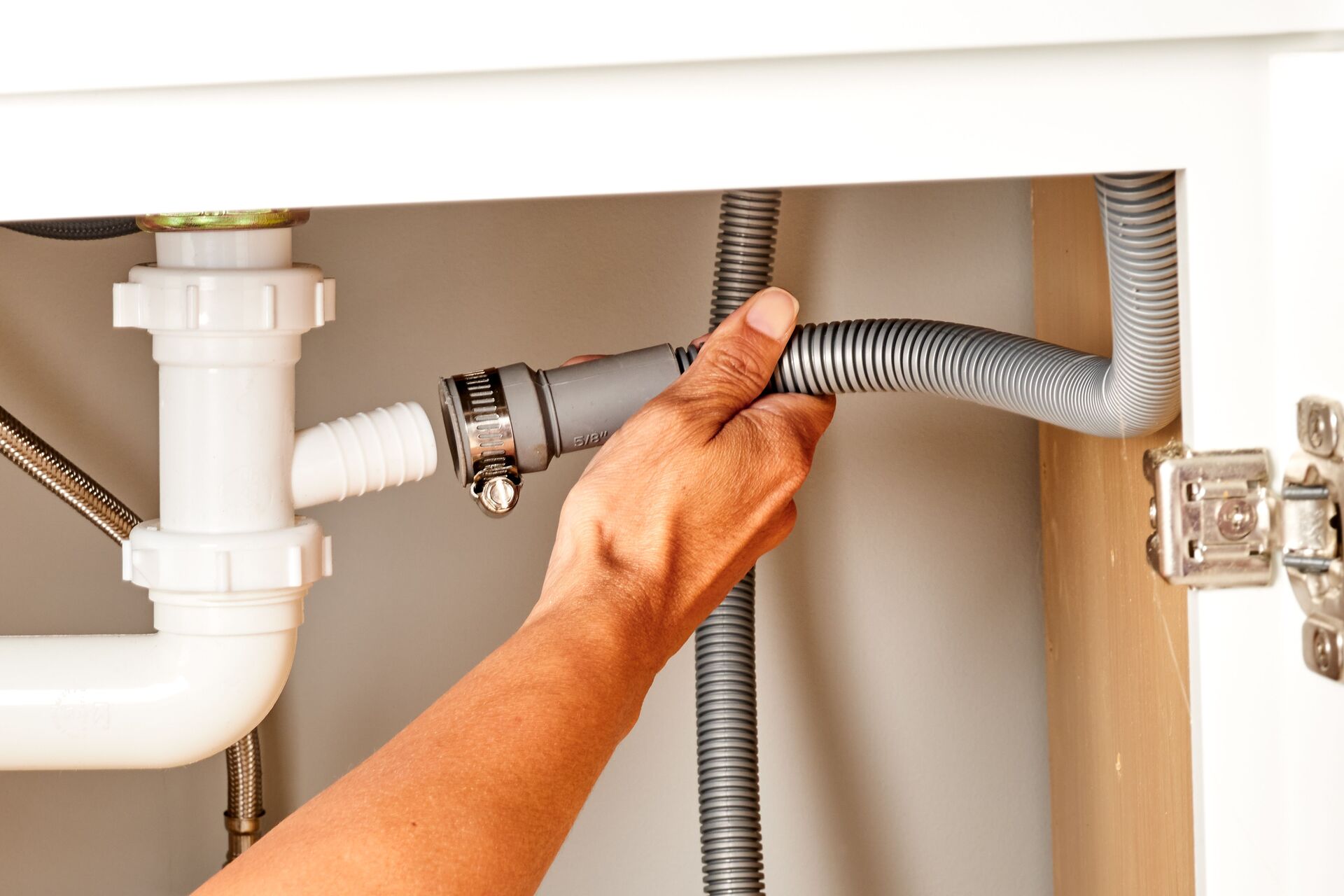
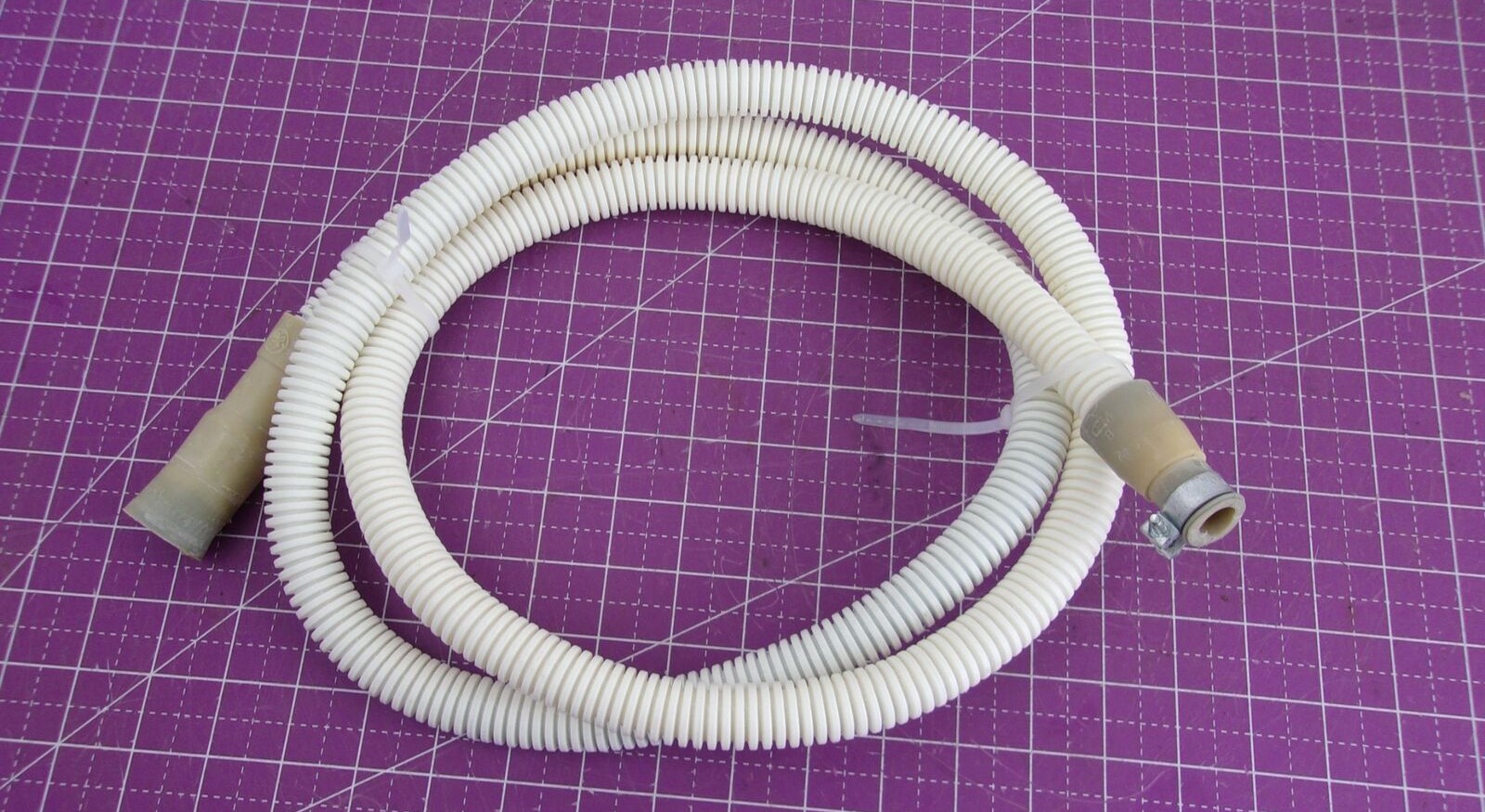
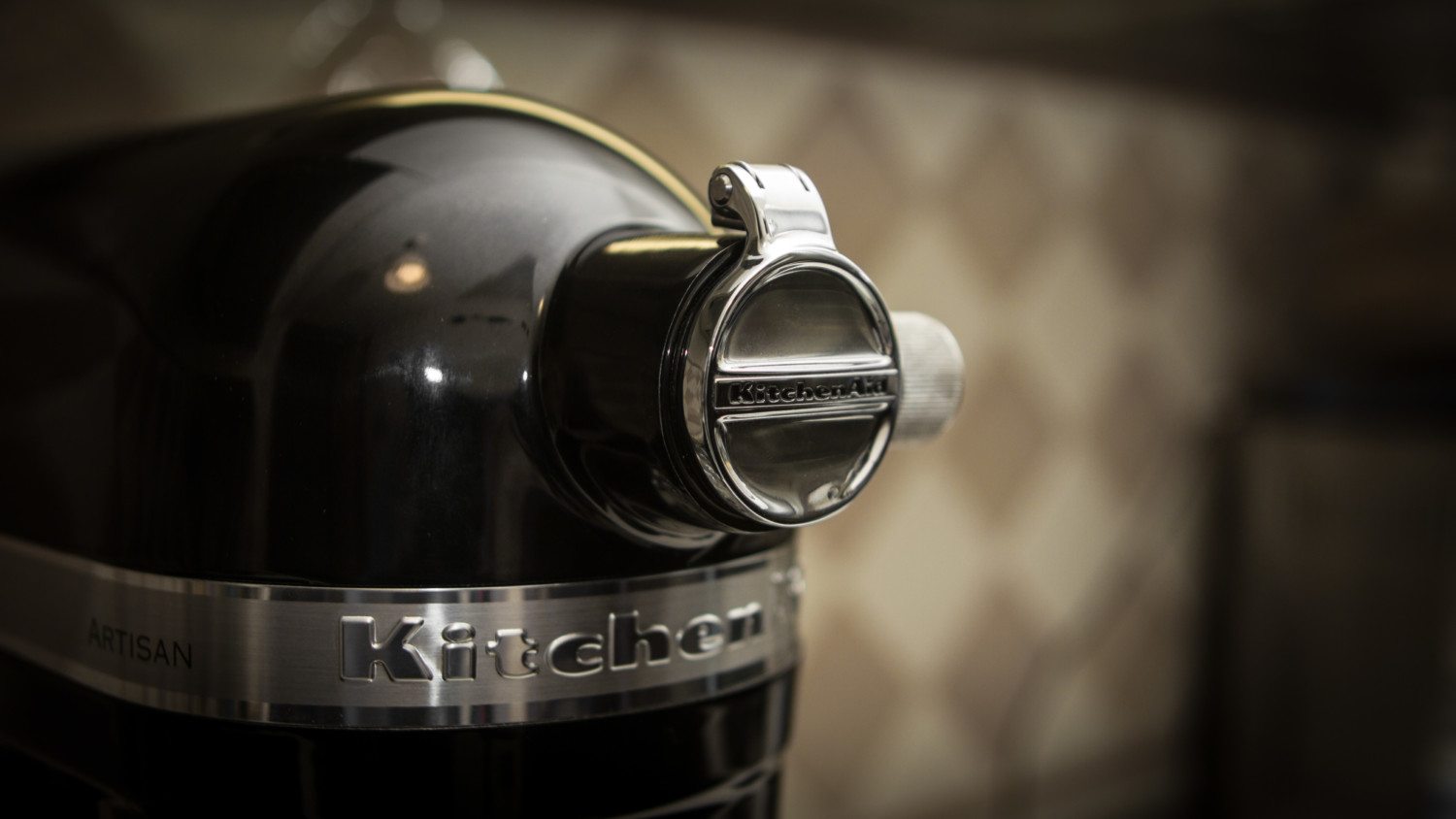

0 thoughts on “Why Would A Dishwasher Not Drain”